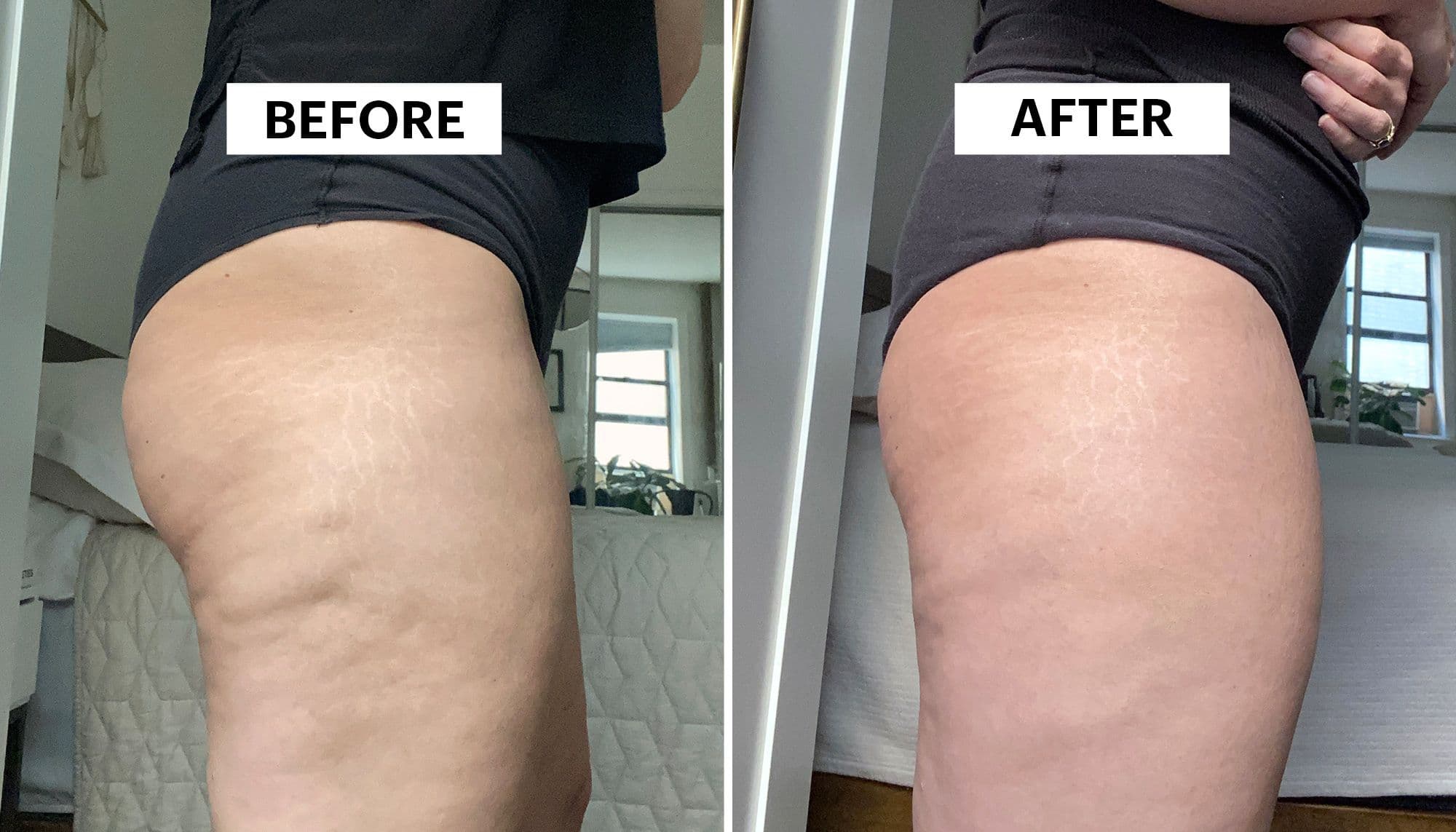Speculative Drug for Cellulite and Targeted Fat Elimination Lacks Current Scientific Basis

A recent social media post by user Crémieux has sparked discussion by predicting the imminent arrival of a revolutionary drug capable of eliminating cellulite and enabling targeted fat reduction without surgery. The tweet, shared widely, suggests that "in a year or two, we'll see a lot of women with extremely skinny waists, no surgical scars, great legs, and relatively large breasts and butts" due to this hypothetical new treatment. The author characterized this potential drug as "cheap" and "safe."
Current scientific and medical consensus, however, indicates that such a comprehensive and universally effective drug is not yet available or on the immediate horizon. Existing treatments for cellulite, such as the FDA-approved injectable QWO (collagenase clostridium histolyticum-aaes), target the fibrous septae causing dimpling. While QWO can improve the appearance of moderate to severe cellulite, it does not offer complete elimination and is associated with side effects like bruising and tenderness, according to medical sources.
Similarly, targeted fat reduction through pharmaceutical means is currently limited to highly localized applications. Deoxycholic acid injections, known commercially as Kybella, are FDA-approved for reducing submental fat, commonly known as a "double chin." These injections work by destroying fat cells in the treated area but are not designed for widespread body contouring or significant fat elimination across various body parts as implied by the tweet.
Experts in aesthetic medicine continue to explore various non-surgical body contouring methods, including energy-based devices like cryolipolysis, radiofrequency, and laser treatments. While these technologies offer advancements in localized fat reduction and skin tightening, a single "cheap, safe" drug that provides broad, systemic cellulite elimination and targeted fat reduction across the entire body, leading to the specific aesthetic outcomes described, remains a subject of ongoing research rather than an imminent market reality. The vision presented in the tweet reflects an aspirational future for cosmetic medicine, but current scientific developments have not yet delivered such a universal solution.